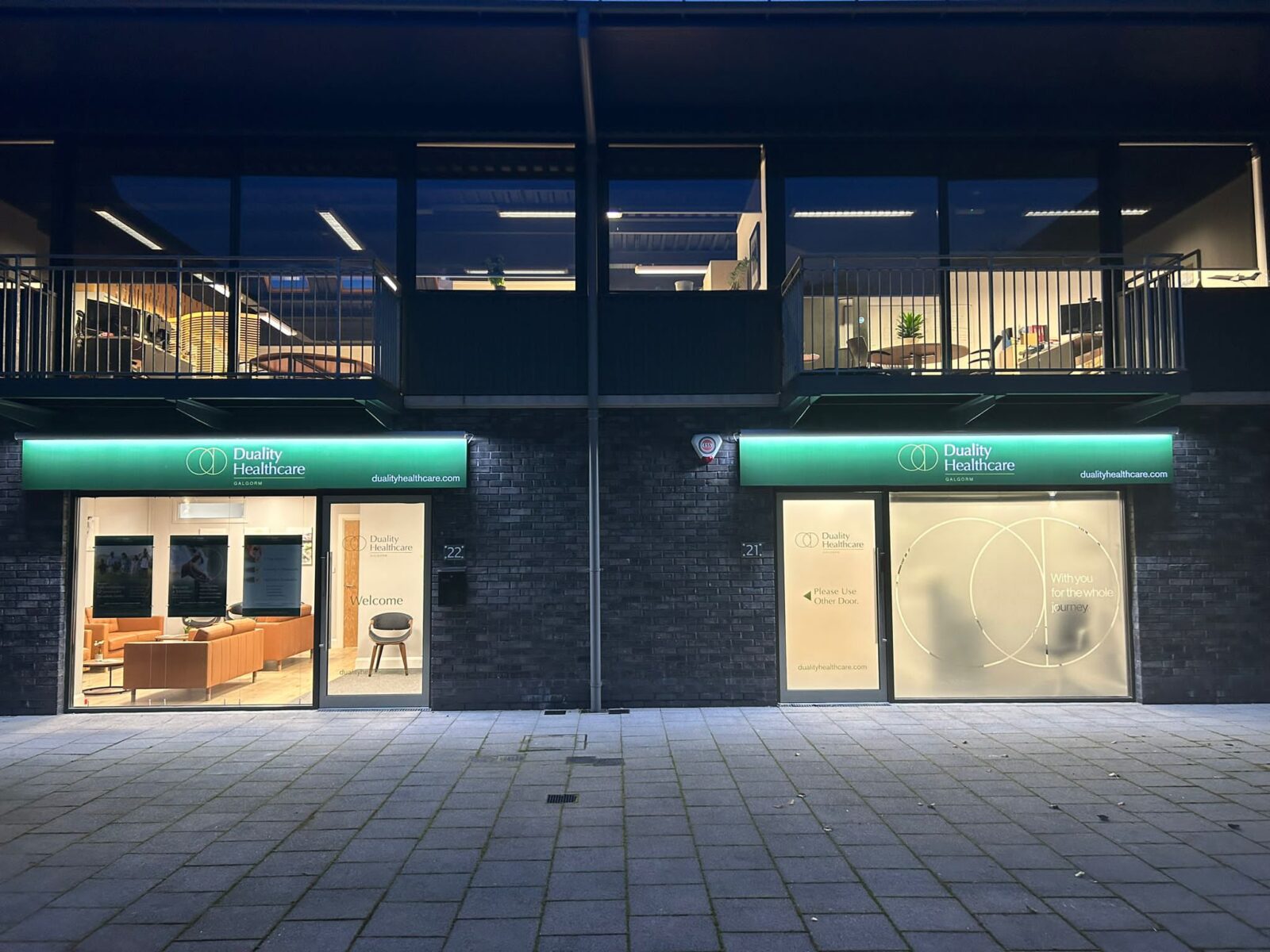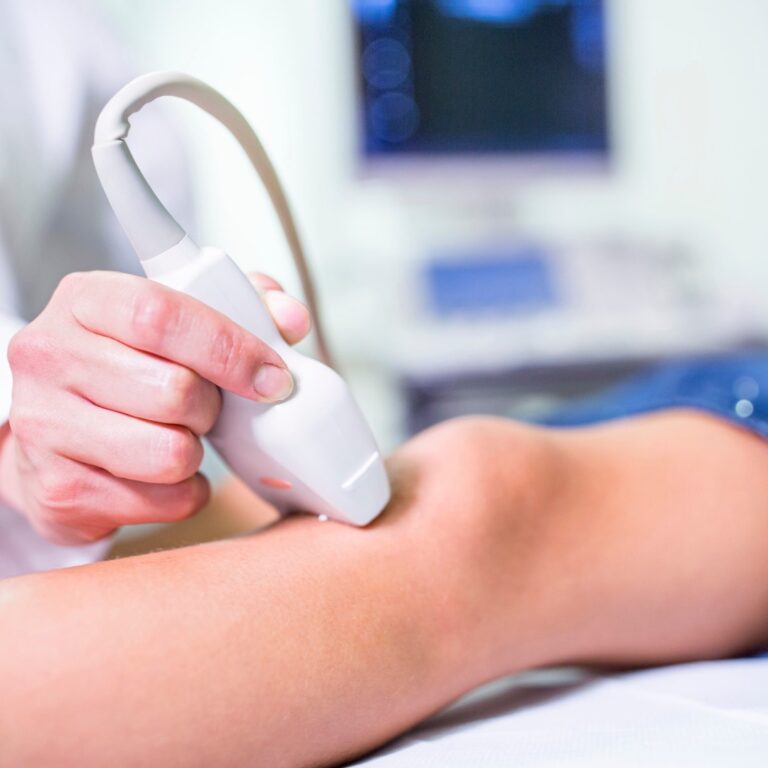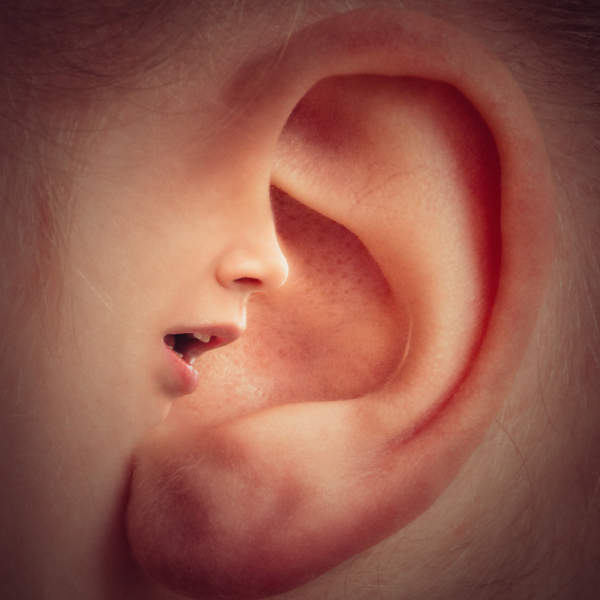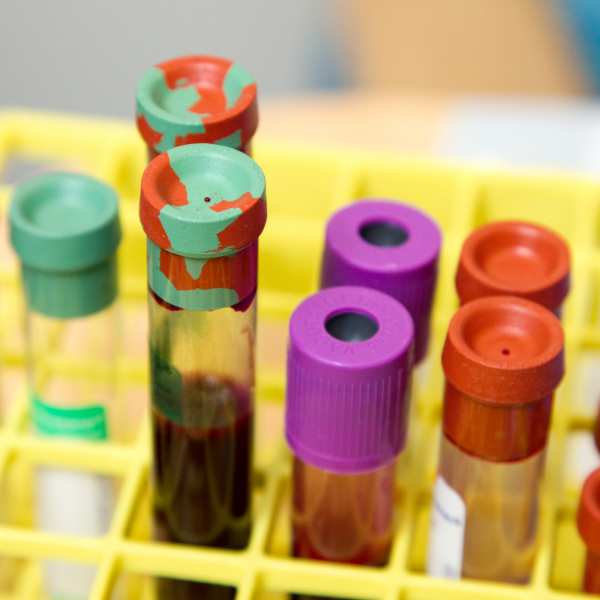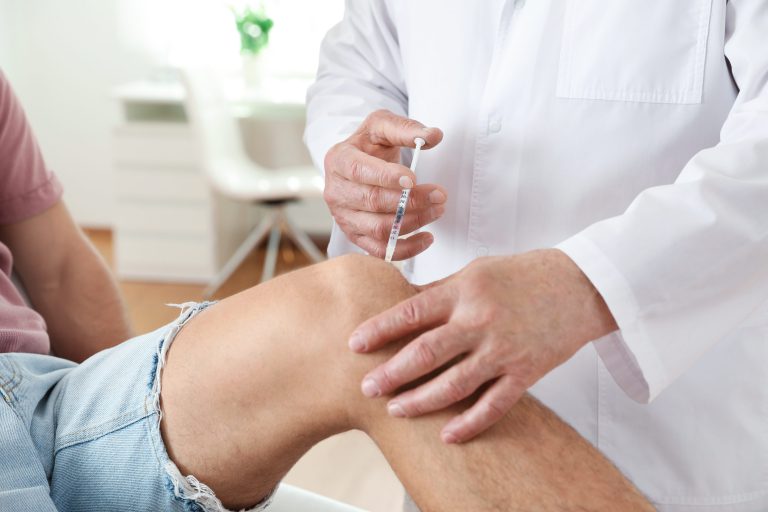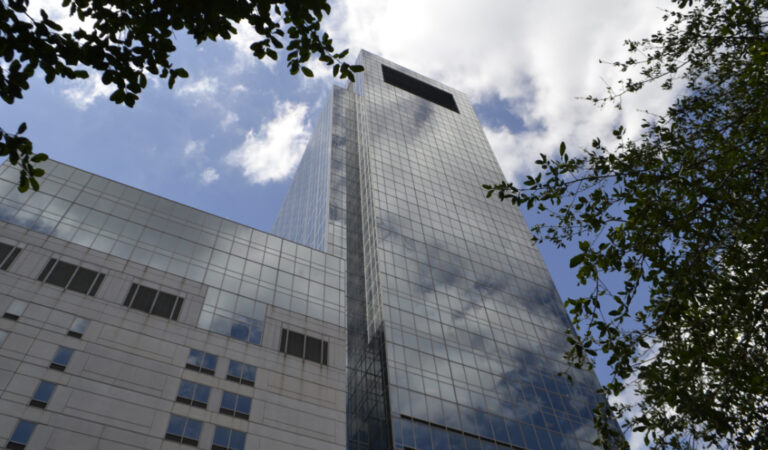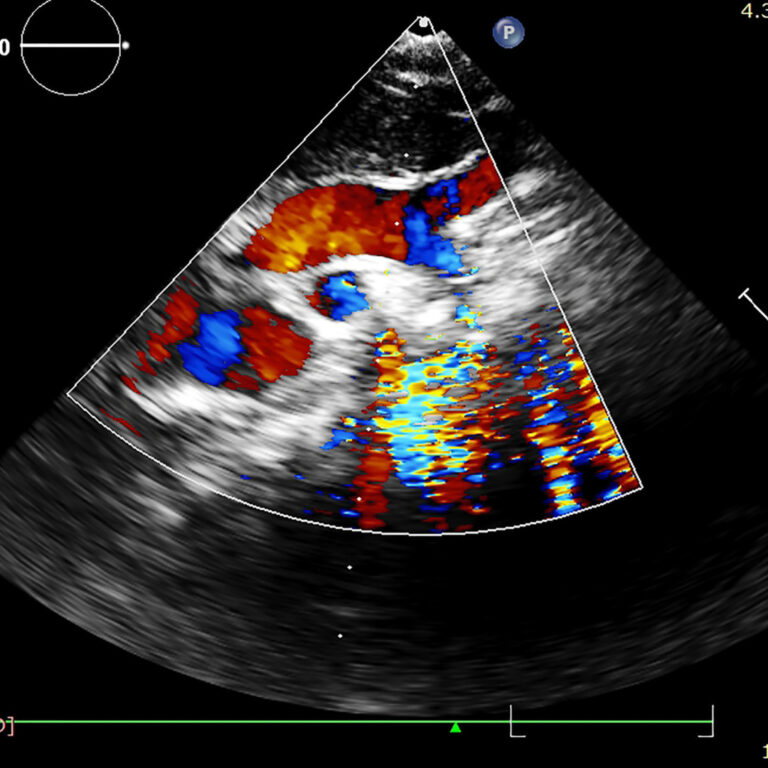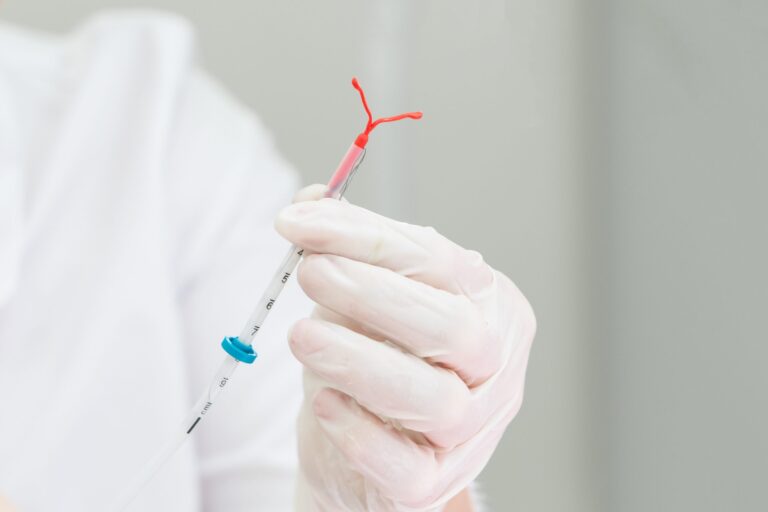- Newry: 028 308 33666
- Galgorm: 028 252 56093
- Omagh: 028 828 39678

GP Services
Making private medical care accessible
Opened by a husband and wife partnership in 2017, Duality Health has since expanded to provide a wide variety of private medical care services 7 days a week, including evening consultations. We provide GP services delivered by skilled and experienced medical professionals, with varying consultation lengths designed to suit your requirements and preferences.
For reliable independent healthcare at a time that suits you, choose Duality Health. Our services include:
- Healthcare Screening
- Nursing Services
- Minor Surgery & Joint Injections
- Contraceptive Coils & Implants
- Bloods/MOTs/Allergy Testing
- Sexual Health – Rapid/Instant Screening; Laboratory Testing; Wart Treatment
- Ear Wax Removal & Audiology Services
- Men & Womens’ Health Issues
- Investigations; Prescriptions; Referrals

Offering quick access to independent healthcare, 7 days a week
Are you or your family member unwell? Why join long queues in the NHS?
We provide a viable alternative to your current Healthcare Provider:
- Accessible yet affordable Private General Practice
- A range of Memberships to suit every budget
- Highest standards of care. NHS-trained clinicians
- Wide range of on-site investigations & services
New Services Announcement

New Service: Mental Health Support & Assessment
- Mental Health support through a range of talking therapies
- ADHD & Autism assessment, diagnosis, support in children, adolescents & adults
Rapid access to therapies via our Digital Mental Health partner Spectrum.Life

Introducing Duality VirtualCare
Bringing a DualityGP to the palm of your hand:
- Rapid Access to Appointments
- Consult with us from ANY electronic device
- A wide range of clinical issues covered
- The backup of a network of Physical GP appointments
- Instant prescriptions to your phone
- Referrals immediately to your inbox
- Arrange bloods and scans in our clinics
Read more about what we can do for you, on your device, no matter where you are

Out-of-Hours & Urgent Care – £60
Our Urgent Care Service allows you to bypass long waits on the telephone or the need to negotiate with receptionists to enforce the Urgency of your request.
Now, Monday to Friday, we provide prebookable appointments (online or telephone booking) and walk-in & wait availability to patients who feel they need assessment & treatment today. These appointments are from only £60 & ensure you, your family & friends have access to face to face clinical assessment when YOU feel you need it. Our receptionists are here to facilitate your access to the service .
Drop in & wait* or book now to secure an appointment time:
Options:
- Face to Face
- Video Consultation (when closed*)
Would you like to become a Member?
Consider making substantial savings on Private Healthcare
You can use Duality Healthcare without impacting your NHS registration or access
-
- Use us to supplement your current NHS Service (or)
- Use us instead of your current NHS Service
Note: Memberships are capped in each Clinic Location to maintain the highest standards & accessibility

Are you concerned about the recent Cervical Smear recall?
Smears Available Daily: 10am – 6pm Monday – Saturday
We understand your concerns, even those of you who have not received a letter in the post. Due to increased demand for this service we have increased our capacity to quickly facilitate those women who wish to have their smear done privately.
If you would like your smear repeated, book now. Ensure it has been a minimum of 3 months since your last smear. This is necessary for accuracy as it takes this long for your cervix to recover.
All of our smears are taken by specialist nurses with decades of experience. Your samples are processed in one of the most respected Private Laboratories in London – The Doctors Laboratory (TDL).
We can also provide a sensitive chat with one of our experienced clinicians, should you have received a letter and are finding this difficult to understand or plan your next steps.
Problems with Reliable Ear Care?
Look no further than Duality Healthcare
Our friendly & skilled clinicians don’t bill you for their time. We bill for what we do for you. That’s why we are the first clinic in the area to offer a scaled pricing scheme for ear-wax removal. You only pay for what we do.
At our beautiful new premises, access has never been easier. Flat pavement access. Large waiting areas. No stairs. Perfect for those with mobility problems or needing the aid of a walker or wheelchair.
Due to the increased cost of living we have also introduced a 12 month interest-free payment plan for our full range of Hearing Aids.
You know you are in safe hands with Duality Healthcare.

Consult Private Doctors In Northern Ireland
Licensed independent healthcare when you need it most
For individuals, families, and organisations in need of urgent treatment, in-depth GP consultations or a reliable alternative to NHS care.
At Duality Health our experienced clinical team can provide the full range of General Practice Services as well as those you would ordinarily require onward referral for – on one site.
Whether you require diagnostic ultrasound, a heart scan, bloods or a 24 hour blood-pressure, our team can help.
Advanced procedures such as minor surgery, joint injections are provided by experienced doctors & our ultrasound-guided injections are unrivalled.
At Duality Health our highly qualified clinicians always offer a confidential, quality service which is highly accessible and we can provide you with peace of mind, regardless of the issue you’re dealing with.
Our dependable online booking system and helpful administrative team streamline your access to care. Many of our services also facilitate walk-in access – check out the rest of our website for details.
Contact us today for unrivalled customer service, and a shining dedication to patient care.

Consultant & Sonographer Ultrasound
Quality Responsive Scanning
Our consultant and sonographer ultrasound service ensures patients and clinicians can access diagnostic services with minimal wait. Online & telephone booking are available. Referrals and bookings are most welcome.
Patients can book from our website without referral using Patient Access. Follow-up appointments with our experienced GPs are available upon request to discuss scan results, and to arrange further investigation or secondary-care referrals.
Our Consultant Radiologist Dr Piers Osborne is now accepting referrals. With a specialist interest in Women’s Health & Paediatrics Dr Osborne is able to provide you with an expert radiological opinion.
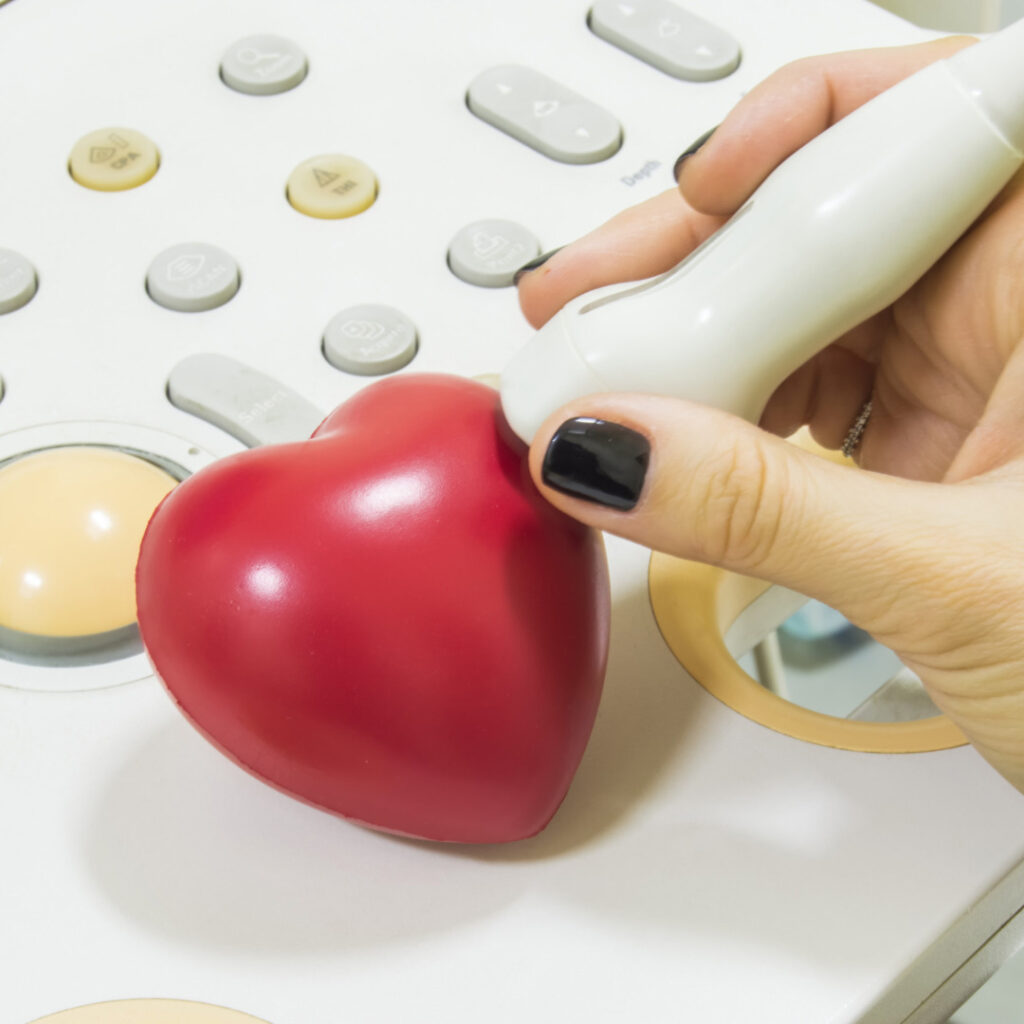
Heart & Lung Investigations
Hospital Standard Investigations in the Community
Our new Cardio-respiratory service gives patients & clinicians access to the highest quality investigations to assist in the diagnosis and monitoring of heart & lung disease. Our clinicians have close relationships with the leading clinical departments in Ireland, facilitating timely referral to our Cardiology & Respiratory Consultant colleagues.
If you have concerns about your heart or lungs or await hospital investigation before you can be seen by a consultant; if NHS waiting-lists are delaying your care – Duality Health can help. Our services are financially affordable as well as accessible. Online & telephone booking will be available in January 2023.
Follow-up appointments with our experienced GPs are available upon request to discuss scan results, and to arrange further investigation or secondary-care referrals. Read more below.
Our Primary Care Services
At Duality Health we provide a wide range of clinical services, each of which has multiple appointment options. Click the appropriate picture to learn more.
Exceptional Private Healthcare from Duality Health.
In addition to the services listed above, we also offer:
- Ultrasound services and scanning
- Health screening
- Medicals for insurance purposes
- DVA driving medicals, HGV, Taxi and travel, and occupational health medicals
- Consultations
- Nursing services, including advanced nurse practitioner appointments
- Women’s health, including coils, implants and smears, and sexual health screening and testing
- Visiting consultants
- Procedures
- Joint Injections
- Minor Surgery
- Audiology services, including ear wax removal and microsuction, hearing tests, and the provision and maintenance of high quality hearing aids
- Testing
- Private Blood Test panels
- Allergy Blood Tests
- Bespoke Blood Testing on request
- Immunisation
- Vaccinations and occupational health immunisation
Urgent care and out of hours cover available. No registration necessary. Book online from our website.

